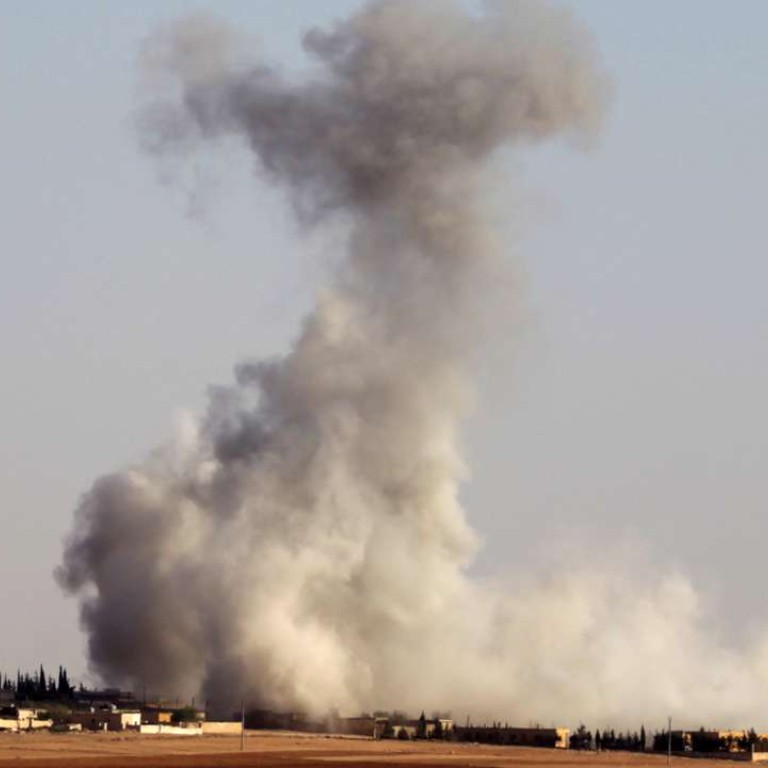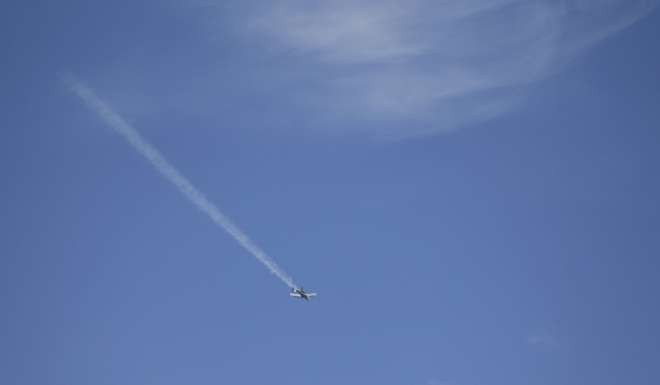
New Russian missile system raises stakes in Syria, as US officials worry about potential confrontation
Russia’s completion this month of an integrated air defence system in Syria has made an Obama administration decision to strike Syrian government installations from the air even less likely than it has been for years, and has created a substantial obstacle to the Syrian safe zones both Hillary Clinton and Donald Trump have advocated.
Deployment of mobile and interchangeable S-400 and S-300 missile batteries, along with other short-range systems, now gives Russia the ability to shoot down planes and cruise missiles over at least 400km in all directions from western Syria, covering virtually all of that country as well as significant portions of Turkey, Israel, Jordan and the eastern Mediterranean.

While there is some disagreement among military experts as to the capability of the Russian systems, particularly the newly deployed S-300, “the reality is, we’re very concerned anytime those are emplaced,” a US Defence official said. Neither its touted ability to counter US stealth technology, or to target low-flying aircraft, has ever been tested by the United States.
“It’s not like we’ve had any shoot at an F-35,” the official said of the next-generation US fighter jet. “We’re not sure if any of our aircraft can defeat the S-300.”
For more than two years, Syria has tacitly accepted US and coalition airstrikes against the Islamic State, in areas relatively far afield from where the civil war is being fought. An agreement signed by Moscow and Washington last fall, after Russia sent its own air force to join that of Syrian President Bashar al-Assad, is designed to ensure that US and Russian planes stay well away from each other.

The possibility of using US air power in the civil war, even to patrol a safe zone for civilians, has never been favoured by the Pentagon, which has argued that it would involve pre-emptory strikes on Syria’s fixed air defences. Now, with the installation of a comprehensive, potent Russian air defence system, many military officials see it as risking a great power game of chicken, and possible war, according to senior administration officials.
Several officials spoke on the condition of anonymity to discuss Russian capabilities and recent high-level White House meetings on Syria, Iraq and the Islamic State, including a Friday gathering of the National Security Council chaired by US President Barack Obama. The NSC session largely focused on the Mosul offensive begun against the Islamic State this week, and an upcoming operation against the militants in the city of Raqqa, their Syrian headquarters.
In early September, Kerry said the United States would join with Russia in attacking al-Qaeda forces in Syria, in exchange for a Russian and Syrian cease-fire and the delivery of humanitarian aid to besieged civilians.
It was when that agreement fell apart - and the United States suspended contacts with Russia over Syria as hundreds of civilians have been killed in the brutal bombing of Aleppo - that the Russians moved to install S-300 missiles. They formed the final component of an integrated air defence system, along with S-400 and other surface-to-air systems previously deployed in and around Russia’s Hmeimen air base in Latakia province along the Syrian coast.

